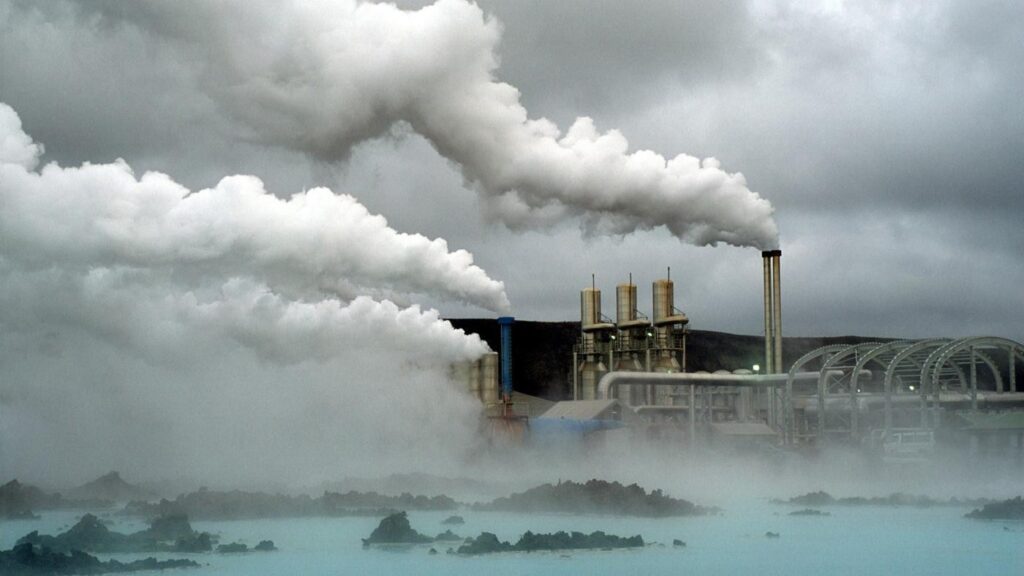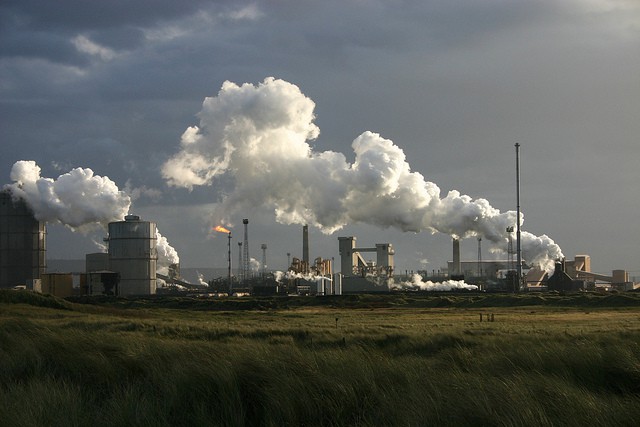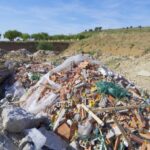You must incorporate pollution prevention (likewise known as P2) into your waste management system to prevent not just land and air contamination, but also the accompanying responsibilities, liabilities and organisational hazards. People in charge of trash management are constantly seeking for ways to minimise costs and improve worker safety while ensuring that waste is properly disposed of.
The Management of Industrial Waste
Segregation, land application, landfilling, and waste recycling are all methods used in industrial waste management. For clarity, these are the definitions:
In order to properly dispose of the garbage, it is necessary to segregate it. Adding organic material to the soil through biodegradation and land application and composting is called land application or composting. Waste that can’t be recycled or composted is sent to a landfill, where it is buried and released into the environment, making it the least desired way for disposing of it. In order to limit the quantity of waste produced, it is necessary to recycle or repurpose used resources. Waste management facilities have a variety of technologies that can be used in all of these operations.
Every facility has its own unique way of dealing with garbage. Waste characterisation is necessary in order to evaluate all of your facility’s waste categories, production levels, and management strategies. Experts such as:

- An Expert In The Field Of Process Engineering
- The person who will be doing the sampling
- Representative of the company’s quality control department.
These experts, as well as others, are well-versed with your facility’s inventory, processes, and goods. They are capable of providing precise waste tracking for efficient categorization. Having characterised the trash, you can now create a waste management strategy & optimise it for P2.
Industrial Waste Is A Problem For What Reasons?
In terms of both environmental and health effects, industrial waste is a danger. If it’s not properly disposed of, it can pollute the environment, including the air and water. Human health, especially that of the employees at your institution, may be harmed as a result.
Workers at an electronics firm in Oregon were exposed to the carcinogenic substance through the water supply in 1998. Degreasing in the paint shop required the application of the chemical trichloroethylene (TCE). Because of inappropriate disposal, it was discovered in extremely high amounts, much above the allowed limits. Drums of degreasing trash from of the paint shop were thrown on the ground and leaked into the water supply well of the plant. To ensure a thorough cleanup, the plant was put on hold.
Waste dumping was not yet regulated, and it was still common practise in many businesses. As a result, they were ill-informed on the long-term effects that dumping garbage had on their plant. You can avoid instances like this one by learning about the best waste management procedures and keeping your business open.



